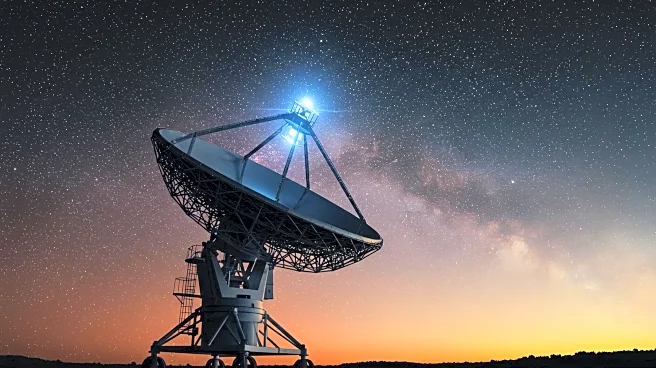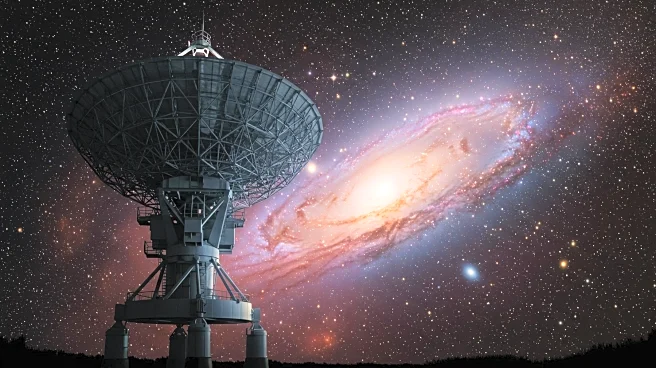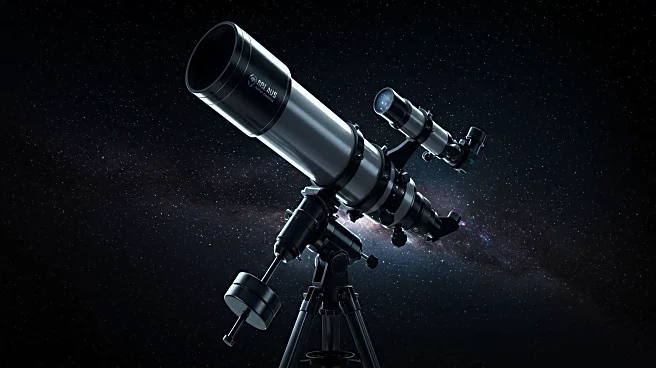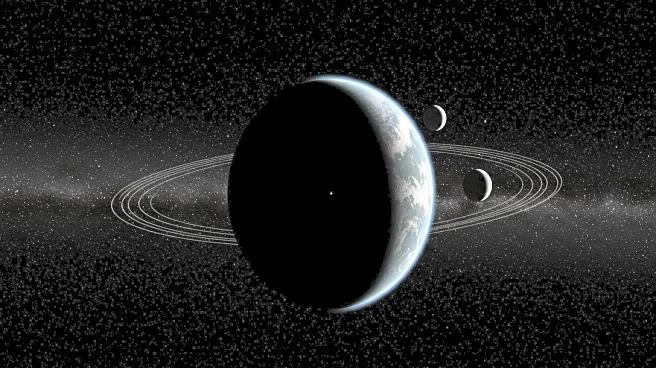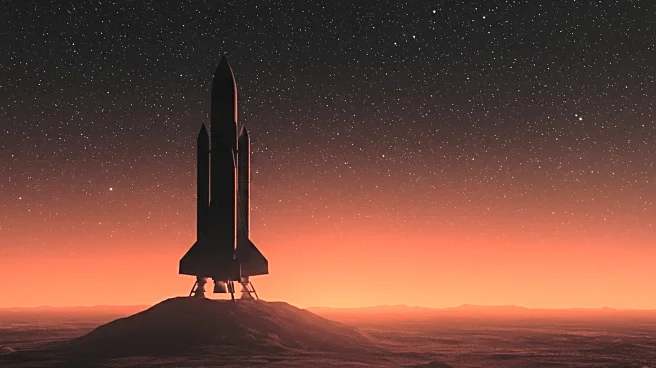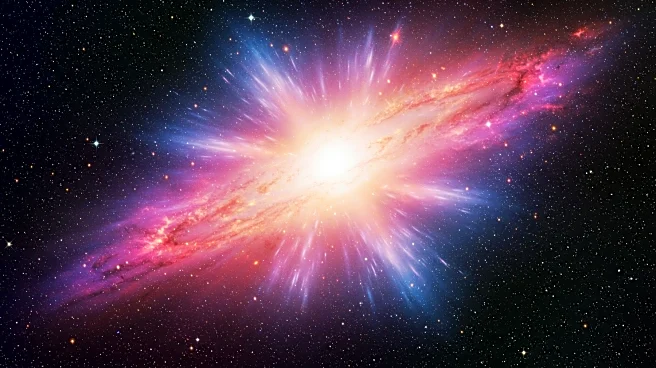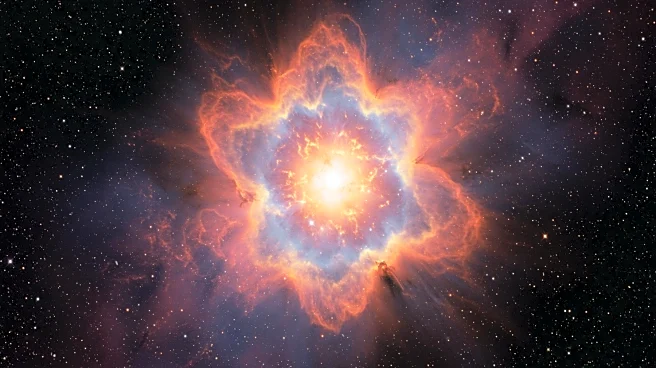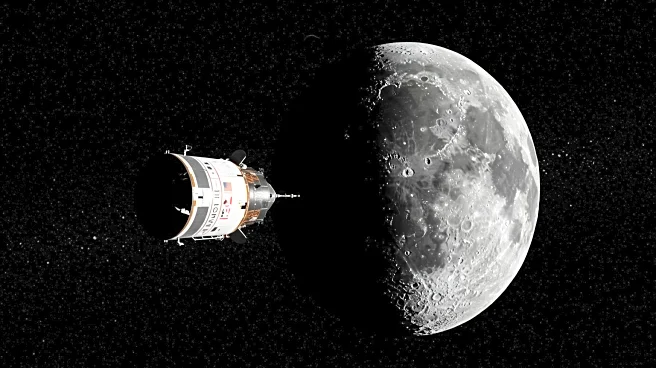What is the story about?
What's Happening?
A team of researchers from Northwestern University has successfully traced the origin of a powerful fast radio burst (FRB) detected in March 2025. The burst, named RBFLOAT, released as much energy as the sun produces in four days and lasted only milliseconds. Using a new method of analysis, the researchers pinpointed its origin to an arm of a spiral galaxy located 130 million light-years away, in the direction of the constellation Ursa Major. The CHIME radio telescope in Canada, along with a subnetwork of smaller stations called Outriggers, detected and characterized the signal, achieving a precision of 13 parsecs within the galaxy NGC 4141.
Why It's Important?
This discovery is significant as it marks the first time a non-repeating FRB has been localized with such precision. The ability to trace these bursts to specific galaxies and regions within them enhances the understanding of their origins and the extreme cosmic events that cause them. The findings suggest that RBFLOAT may have originated from a magnetar, a type of neutron star with an extremely strong magnetic field. This research provides a proof of concept for the CHIME telescope's capabilities and sets the stage for future detections and analyses of FRBs.
What's Next?
The research team plans to apply the same triangulation technique to future FRB signals, potentially achieving about 200 accurate detections per year. This capability will allow scientists to routinely tie FRBs to specific galaxies and regions, advancing the understanding of these mysterious cosmic phenomena. The ongoing research will continue to explore the potential causes of FRBs, such as neutron star mergers, magnetars, or pulsars, and their implications for astrophysics.
AI Generated Content
Do you find this article useful?
